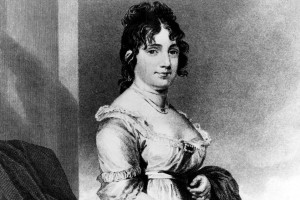I have interviewed dozens of female politicians in my time, and the thing that stands out is how different they are from other women. In that one respect they are just like male politicians who, when you meet them, come across as a race apart from ordinary mortals. First and foremost, they are doers. There’s none of that second-guessing, procrastinating, or introspection that holds the rest of us back. Obstacles only make them try harder. To a woman (or man) they radiate a special combination of ego and energy that seems to propel them faster and higher than everyone else.
In the United States, there is no better example of this all-conquering breed than Nancy Pelosi, the Democratic Leader of the House of Representatives, the first female Speaker of the House and the highest-ranking political woman in American history. As she strides towards my table in the restaurant of the Regency Hotel in Manhattan, immaculately presented in powder blue, smile at the ready, it is like being drawn into a powerful tractor beam. When she speaks she’s so loud and full of purpose, it’s mesmerizing. Despite her slight stature, Pelosi has a diaphragm that could hit you at a thousand paces.











